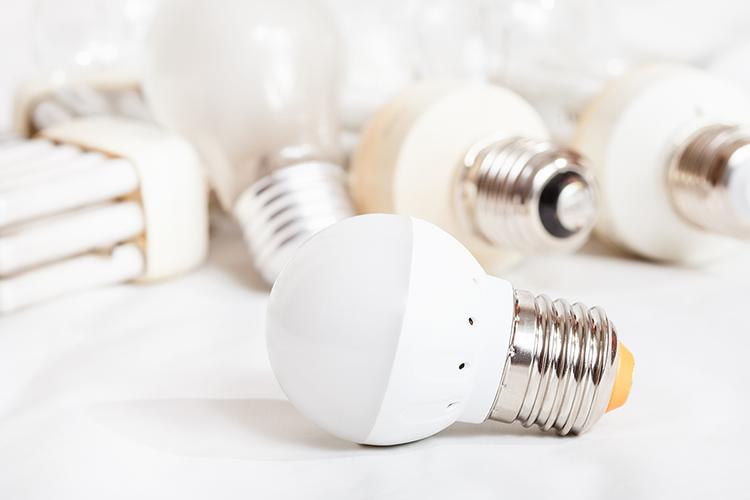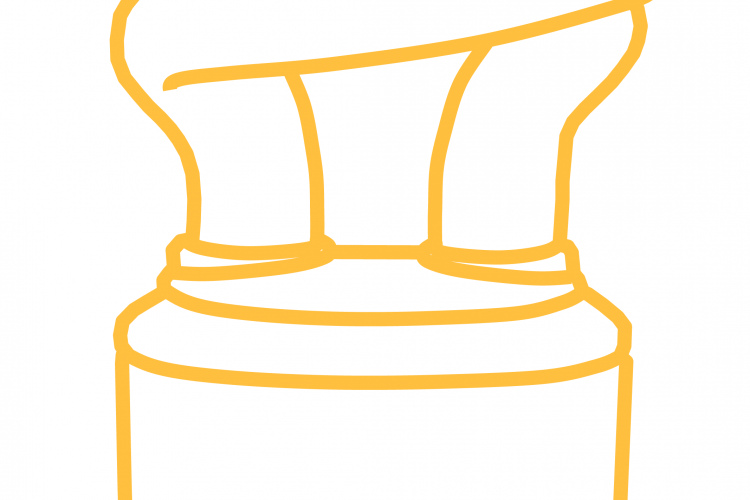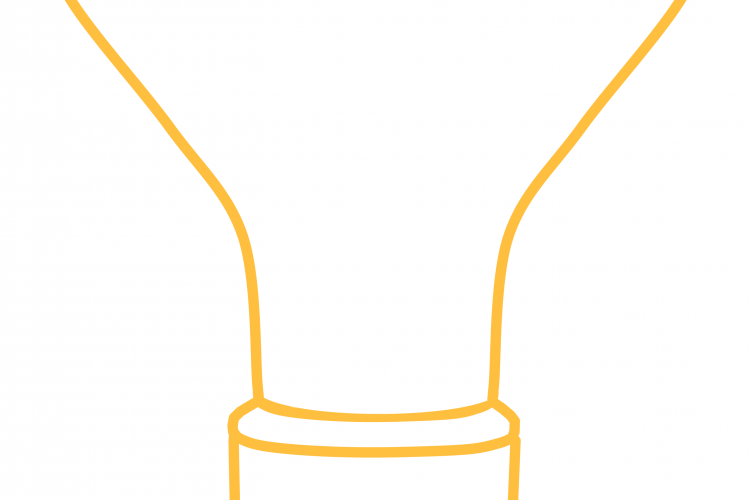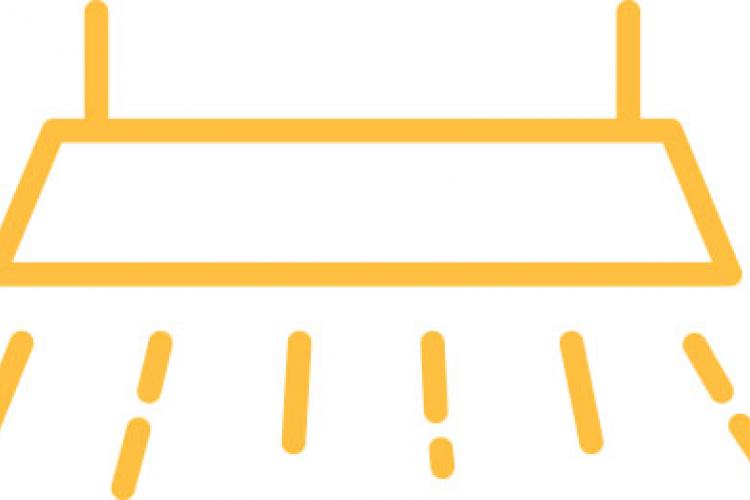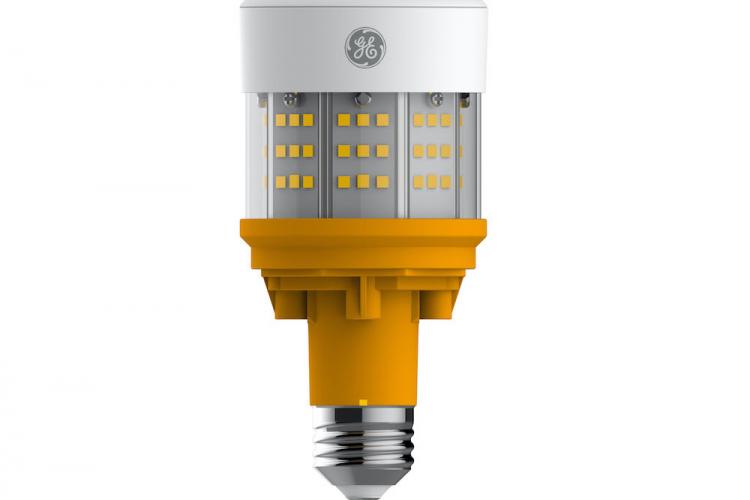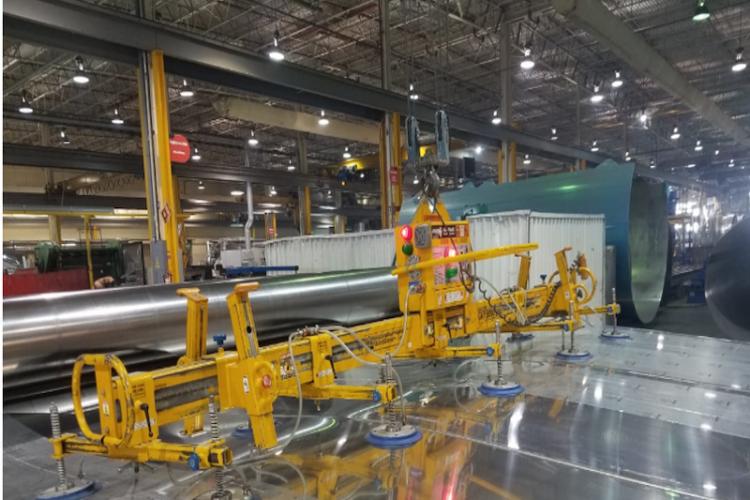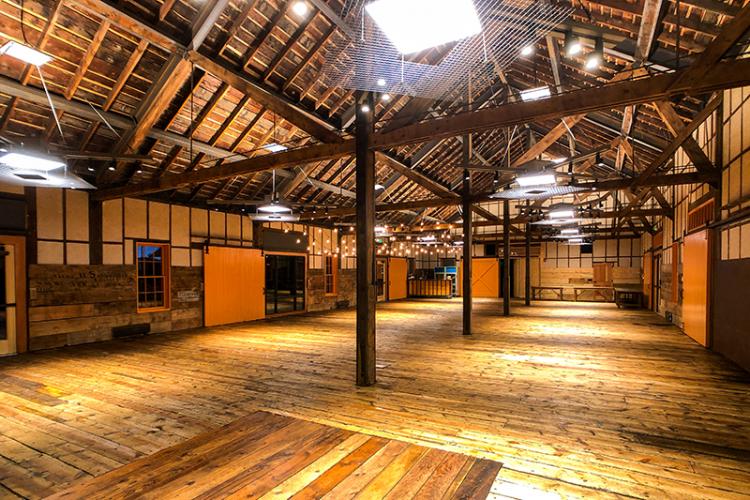CFL vs Halogen vs LED
CFL vs Halogen vs LED
Making choices in a changing lighting market
Now that incandescent light bulbs belong to the history books, building owners and city officials must choose between compact fluorescent (CFL), halogen and light-emitting diode (LED) lamps to illuminate built and natural environments.
Current, looks at each technology and explains why LED is emerging the clear winner in most cases:
CFL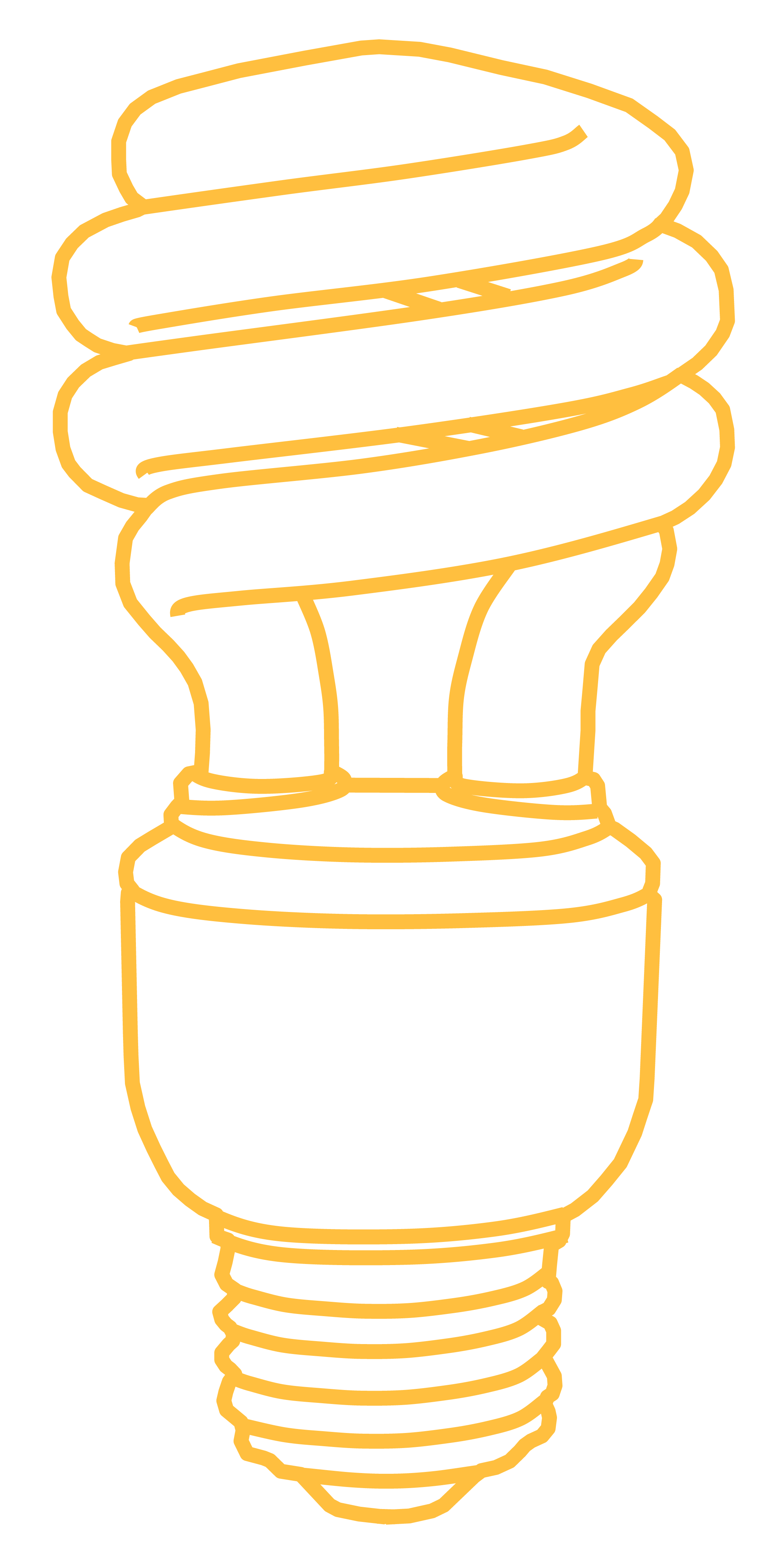
Halogen bulbs have a tungsten filament just like incandescent bulbs, but halogen bulbs also are filled with halogen gas. When the bulb is lit, tungsten from the filament is evaporated into the bulb’s gas, providing illumination. The halogen gas then carries the evaporated tungsten particles back to the filament and re-deposits them. This creates lower energy use for the bulb.
Best Applications:
Display lighting where users want to spotlight merchandise or outdoor applications where bright light is needed; office lamps.
Key Features:
- Many are 10-20 percent more energy efficient than incandescent bulbs
- Instant start (halogens do not experience the delayed warm-up associated with CFLs)
- Fully dimmable
- Produces a bright, crisp light
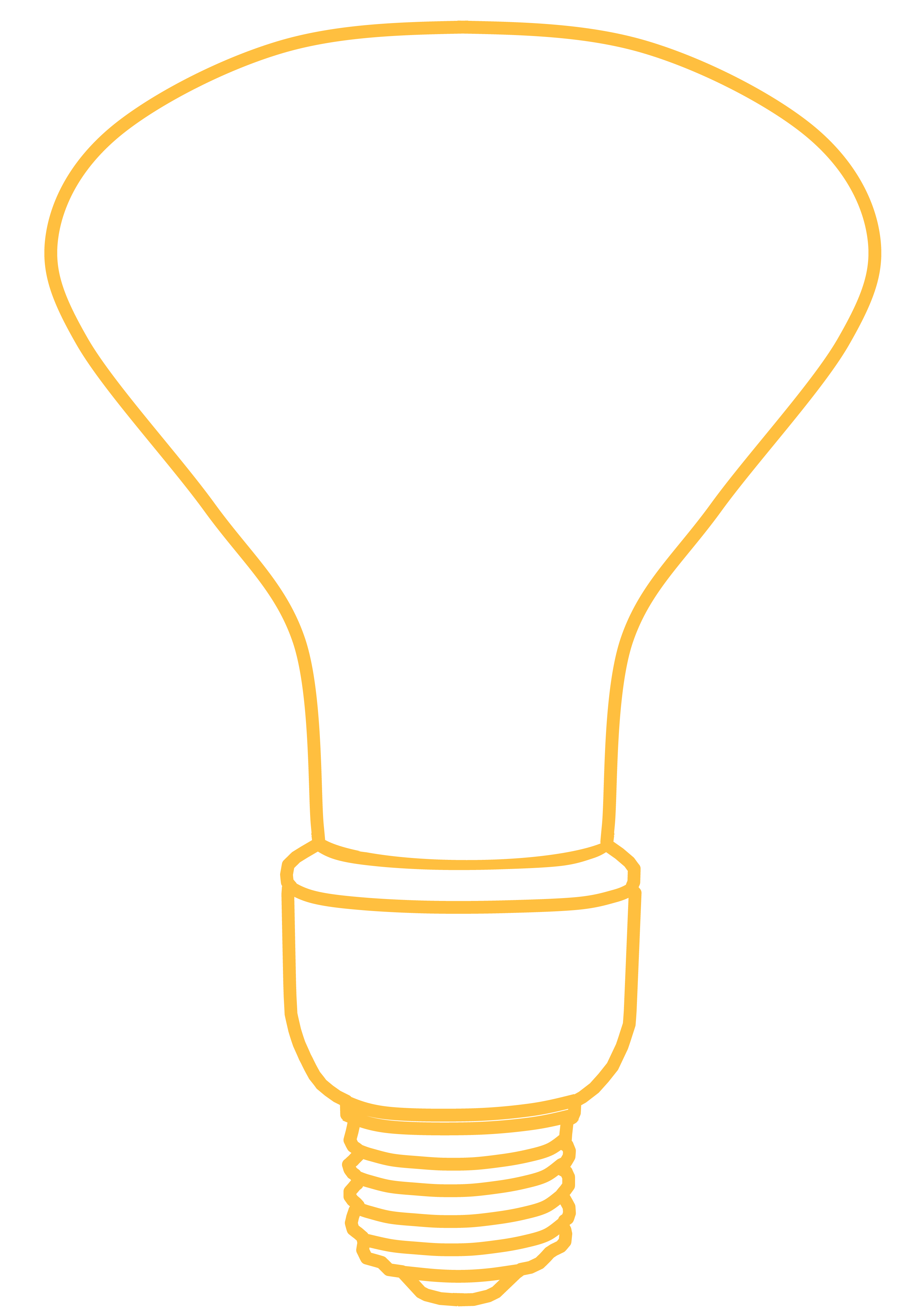 Halogen
Halogen
Halogen bulbs have a tungsten filament just like incandescent bulbs, but halogen bulbs also are filled with halogen gas. When the bulb is lit, tungsten from the filament is evaporated into the bulb’s gas, providing illumination. The halogen gas then carries the evaporated tungsten particles back to the filament and re-deposits them. This creates lower energy use for the bulb.
Best Applications:
Display lighting where users want to spotlight merchandise or outdoor applications where bright light is needed; office lamps.
Key Features:
- Many are 10-20 percent more energy efficient than incandescent bulbs
- Instant start (halogens do not experience the delayed warm-up associated with CFLs)
- Fully dimmable
- Produces a bright, crisp light
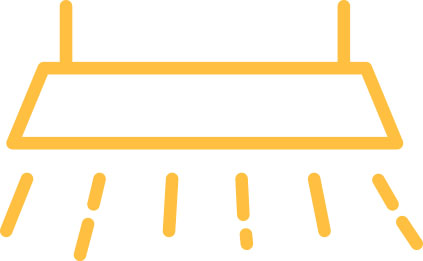 LED
LED
LEDs are light sources that become illuminated by the movement of electrons through a semiconductor material.
Best Applications:
Virtually all indoor, outdoor and roadway applications where incandescent was traditionally found, especially where lights are left on for extended periods and changing bulbs is not easily done. Also fitting in linear applications, such as under cabinet lighting, where light sources with thin profiles are needed.
Key features:
- Can use up to 75 percent less energy than incandescent
- Can last up to 25 times longer than incandescent and halogen, and up to three times longer than most CFLs
- Instant start
- Cooler to the touch
- Robust (no filament to break)
- Small LED chips allow for more compact, design-forward fixtures, as well as the illumination in tight areas
- Most emit light in a specific direction, versus in all directions, but Current’s traditionally shaped LED bulbs are omnidirectional (designed to emit light all around, like a standard incandescent light bulb)
Why LED is leading
LEDs have come to prominence in the market, and the potential for more is at hand. While CFL and halogen lamps won’t disappear overnight, more customers are choosing LED, and not just for energy and maintenance savings.
Smart LED lamps and fixtures are enabling intelligent environments all over the world. Lighting forms a ubiquitous network for deploying digital infrastructure—LED lamps with built-in sensors and transmitters can capture “data in the world” that helps businesses and cities run more efficiently and effectively.
When comparing CFL to halogen to LED, it is perhaps most important to remember everything else lighting can do now that incandescent has gone away.
Explore what’s possible with smart LED and other technologies for retail, offices with Current.


